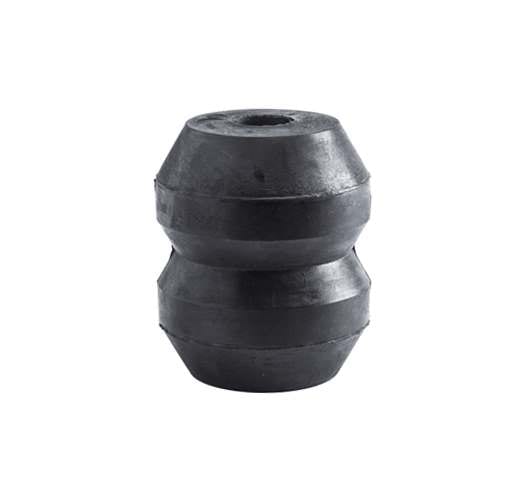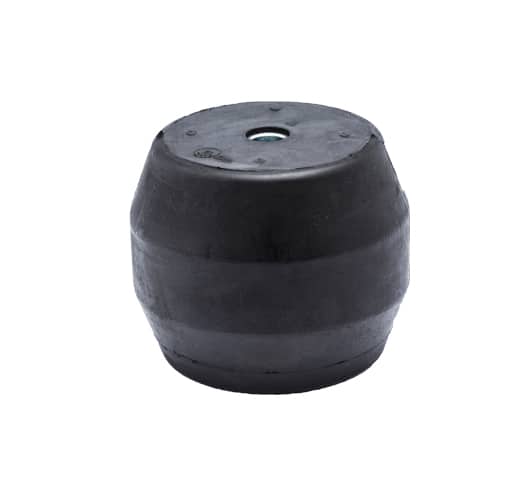Rubber Springs
Description:
Rubber springs are available in a range of sizes and designs allowing for relatively high levels of deflections for shock absorption, as rubber spring suspension can hold considerably more weight, compared to other spring materials. A rubber spring from GMT can be supplied with metal inserts to assist with installation. In most cases, their design is such that the centre of the rubber spring is hollow and profiled to allow for high levels of deflection and a high load performance without overstressing the rubber. We specialise in creating bespoke anti-vibration fittings for our customers and are always happy to design innovative products for you. If you find that our collection of rubber springs is not suitable for your needs, then please contact our technical team for more information.Typical Product Dimensions:
Benefits:
By altering the rubber hardness and the inner profile of the rubber spring, the stiffness characteristics can be amended to suit the application and load accordingly. Using rubber spring suspension can reduce the effects of shock and vibration, lower noise level due to rubber’s insulating properties and reduce static friction. Rubber springs are a long-lasting, maintenance-free option with a variety of applications and suspension systems, including trailers, off-road vehicles, construction equipment and agricultural equipment.
Contact our expert team today to discuss our current collection or create your bespoke product.










